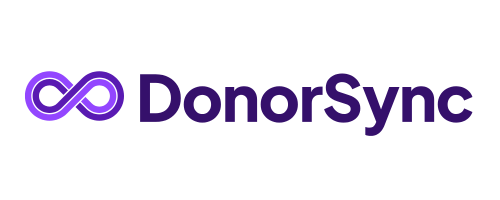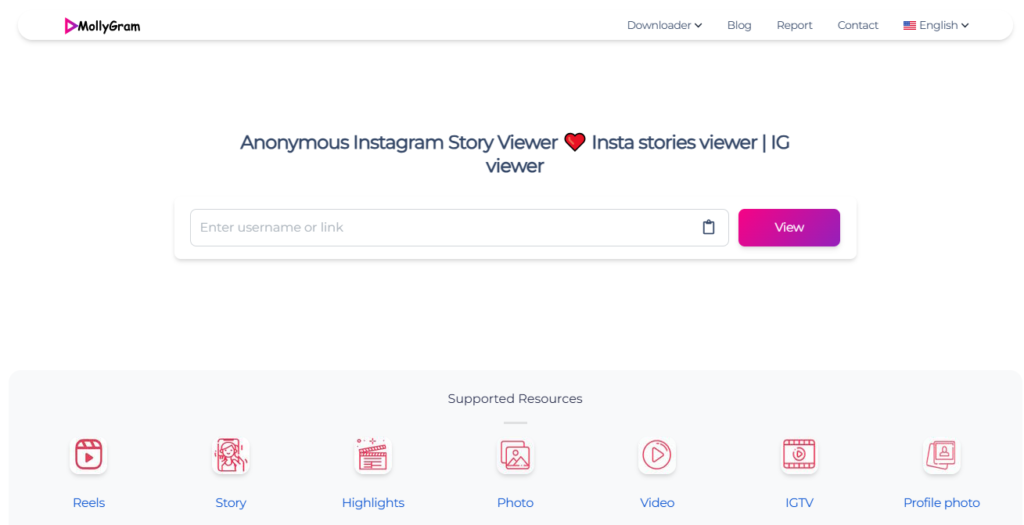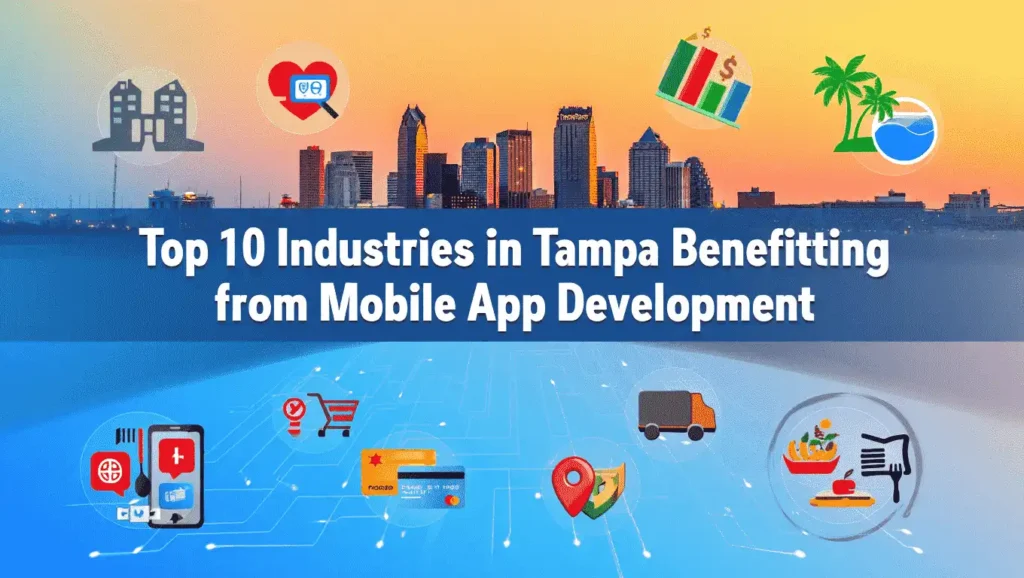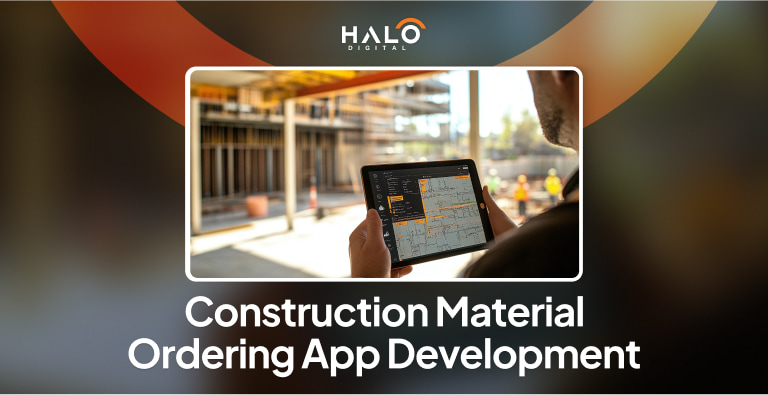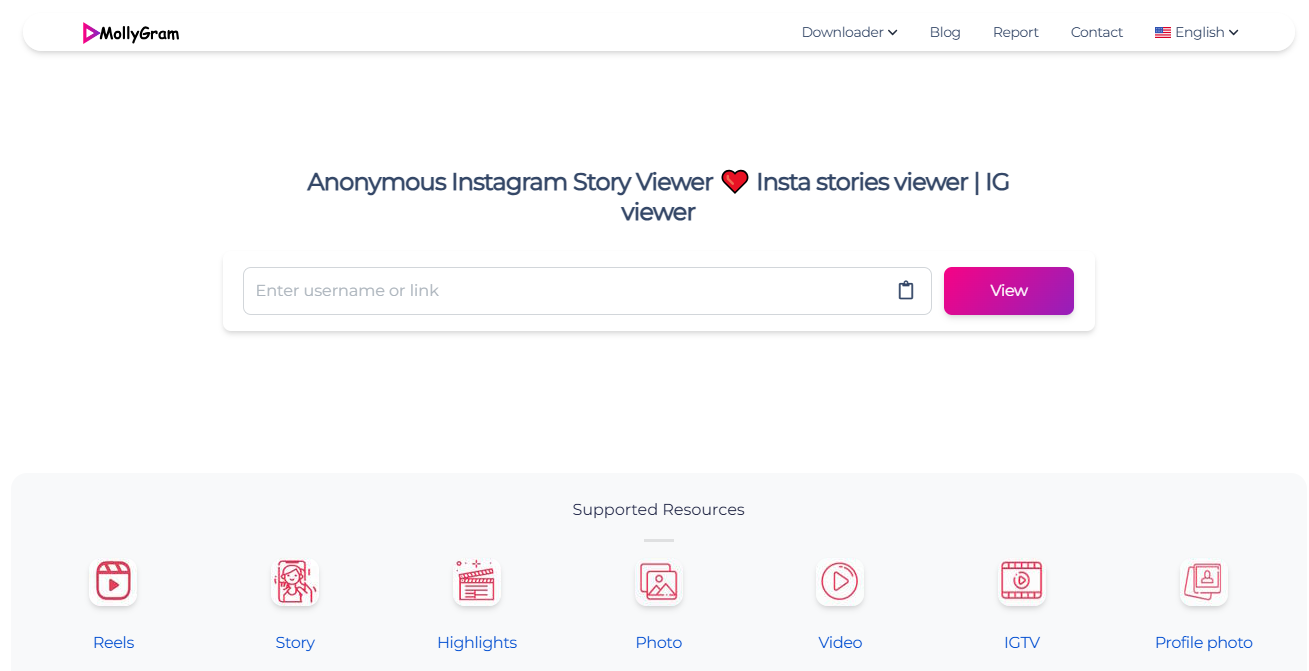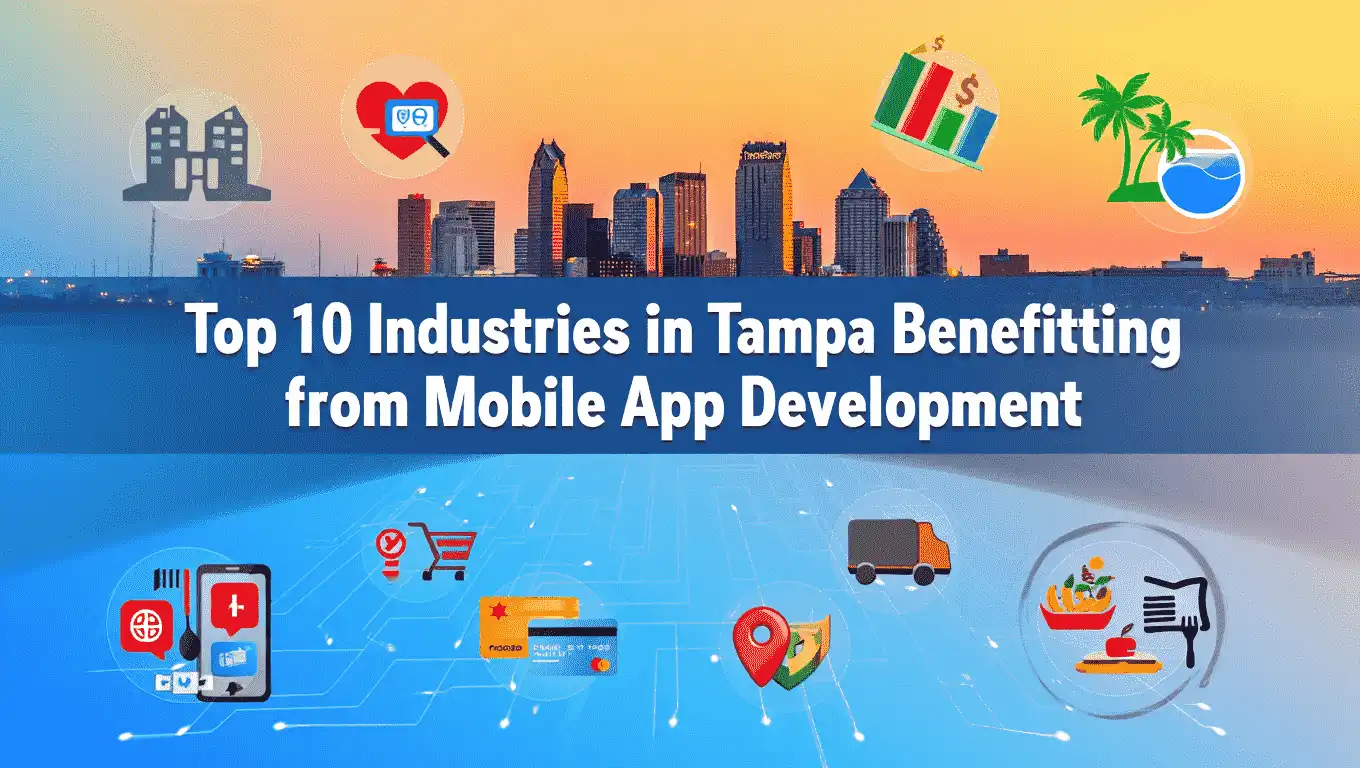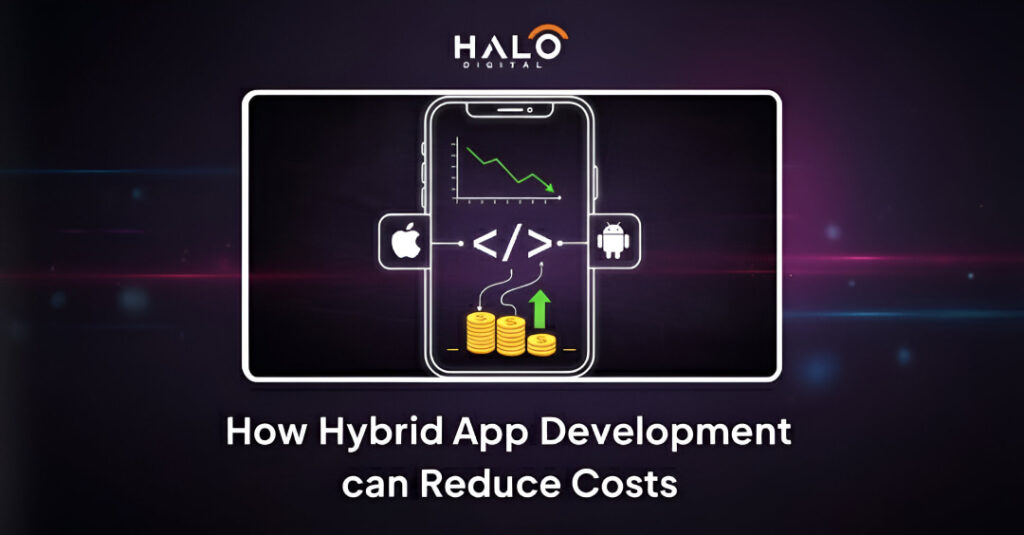In planning and developing construction material ordering apps, I’ve worked closely with contractors, suppliers, and development teams to understand the real-world challenges of supply chain management. From streamlining orders to integrating with ERP systems and tracking deliveries in real time, these apps can significantly improve efficiency and reduce costs. At Halo Digital, we’ve spent years building mobile solutions for logistics-heavy industries, so this guide draws on both hands-on development experience and industry knowledge. The goal is to give you a clear view of how building a construction material ordering app can optimize operations, strengthen supplier relationships, and support data-driven decision-making for construction businesses.
Mobile technology is changing how contractors build, the supply chain, and how contractors manage the supply of materials. 53 percent of construction workers in the US are experiencing delays in cost or project cancellations, mostly due to supply and material limitations.
A construction material ordering app development method can solve this problem by ensuring quicker delivery, more accurate inventory management, and stronger relations with suppliers.
For business and executive leaders, investing in these apps is no longer a choice. It’s a must to ensure efficiency, profitability, and growth over the long term in the construction sector.
Why the Construction Industry Needs Ordering Apps
Construction has always had to contend with delays in the delivery of materials, wasted resources, and inadequate communication between suppliers and contractors. Traditional methods such as telephone calls, purchase orders, and manual tracking frequently create confusion and delay in projects.
A construction material delivery app changes this. It provides contractors, suppliers, logistics, and teams an integrated platform to manage construction materials as well as track orders and make delivery dates. This is not just time-saving but also enhances the transparency of your business and helps reduce costly mistakes.
For companies, the ROI is obvious. Improved decision-making speed, less cost of overhead, and greater customer confidence can have a direct impact on the performance of a business. The ability to manage material deliveries in real time will ensure that projects remain on schedule and on budget.
What Is a Construction Material Ordering App?
A construction material ordering app is a mobile app designed to simplify how contractors, suppliers, and builders purchase and track construction supplies. Think of it as an ordering system tailored for the construction industry.
Users can browse a digital product catalog, compare building supplies, place orders instantly, and schedule deliveries. It also integrates with materials management software and inventory management systems to keep stock levels accurate.
Unlike one-size-fits-all eCommerce apps, a construction material app focuses on industry-specific needs such as:
- Bulk ordering of construction supplies
- Real-time updates on truck deliveries
- Automatic generation of purchase orders
- Integration with ERP and CRM systems
Key Benefits of Developing a Construction Material Ordering App
The construction delivery app offers tangible advantages for both suppliers and contractors. Below are the top benefits which I can guarantee every construction company will need and appreciate.
Streamlined Ordering and Delivery
There’s no need for endless phone calls or paperwork. The app gives you a central platform to browse products, make orders, and monitor the delivery. Every stakeholder is aware precisely when the materials will arrive and how much.
Reduced Operational Costs
The manual error, delays in shipments, and stocking up contribute to the cost. By using the help of an app for construction materials, companies can eliminate these mistakes. Automated workflows can cut costs for manpower and can prevent the waste of building materials.
Improved Supplier and Customer Experience
Suppliers have direct access to contractors, and contractors can benefit from speedy completion of orders. Electronic invoices, prompt notifications, and easy communication enhance the overall level of satisfaction. A pleasant customer experience improves the likelihood of retaining customers.
Real-Time Inventory and Tracking
The app works with inventory control systems that provide real-time updates on inventory levels. Contractors can check what’s available prior to making an order. GPS tracking of trucks ensures that the construction materials are tracked until they arrive at the construction site.
Competitive Advantage in the Market
The adoption of modern materials management software puts a business ahead of companies that rely on outdated software. The availability of a construction material delivery app creates trust and establishes an image of reliability.
Smarter, Data-Driven Decisions
Apps can provide valuable information about the use of materials, supplier performance, and the frequency of orders. CEOs can make use of these data to make better buying decisions, negotiate pricing, and forecast demand in the future with certainty.
Must-Have Features of a Construction Material Ordering App
To allow a construction material app to be successful, it should have features that address real-world problems that are encountered in construction. Whenever I work on app development for construction, I make sure these features are not left out unless the client wants so.
Below are the most important attributes that every app must have.
Product Catalogue with Search and Filters
Contractors require fast access to building materials. A catalog of products that can be searched using filters allows users to find the right items more quickly. Categories that are organized also help reduce confusion.
Easy Order Placement & Tracking
An easy-to-use and intuitive ordering system allows customers to add items to their carts, make purchases, place orders, and monitor the progress of their orders in real time. This helps reduce the need to follow up manually.
Delivery Scheduling & Route Optimization
Delivery delays are among the most frustrating issues in the construction industry. The optimization of routes ensures that trucks get to the site on time, and scheduling allows contractors to organize material deliveries around project timelines.
This approach is similar to other logistics-heavy solutions like milk delivery app development, where timely deliveries and route optimization are mission-critical.
Inventory Management Tools
The integration with inventory control software can prevent overstocking and stockouts. Contractors are always aware of what’s available, and suppliers are able to control stock levels efficiently.
Integrated Payment Gateway
A construction delivery app should allow different payment options, ranging from bank transfers to electronic wallets. Secure transactions increase trust between contractors as well as suppliers.
Adding flexible options, inspired by Buy Now Pay Later app development, can further strengthen supplier–contractor trust.
Digital Invoices & Reports
Invoices and purchase orders that are automated help reduce the need for paperwork and accounting mistakes. CEOs have access to financial reports that track the cash flow and spending in real time.
Real-Time GPS Tracking
Being aware of the location of your truck at any given time will eliminate confusion. GPS makes sure that contractors and suppliers can monitor shipments until they are delivered.
Push Notifications & Alerts
Regularly scheduled alerts regarding updates to shipment or delivery confirmations and reminders for payments keep all parties in the loop, without any having to communicate manually.
Chatbots & Customer Support
AI-powered chatbots enhance customer service by responding to frequently asked questions in a matter of minutes. Human support is available to handle more difficult queries.
Earnings and Cost Analytics
Analytics dashboards provide CEOs with insights on operational efficiency as well as spending patterns and profit margins. This helps them make data-driven financial decisions.
Technology Stack for Building a Material Ordering App
Selecting the appropriate technology stack is essential to ensure performance, scalability, and security in app development for construction. The same principle applies to social media app development, where the choice of backend, database, and hosting directly impacts scalability.
These are the most important tools, which I and my team utilize:
- Frontend: React Native or Flutter for a seamless cross-platform mobile app experience.
- Backend: Node.js or Python with frameworks like Django for strong performance.
- Database: PostgreSQL or MongoDB for storing orders, invoices, and user data.
- Cloud Hosting: AWS, Google Cloud, or Azure for reliable scalability.
- Integration Tools: APIs for ERP, CRM, and materials management software connections.
- Security: SSL encryption, secure payment gateways, and role-based access.
Cost to Develop a Construction Material Ordering App
The cost of developing a construction material ordering app depends on multiple factors such as app complexity, features, platform choice (iOS, Android, or both), and integration requirements with ERP/CRM systems.
Here’s a breakdown of approximate costs:
| Factor | Cost Impact | Details | Platform / Location | Example Features |
|---|---|---|---|---|
| Basic App with Core Features | $25,000 - $40,000 | Simple product catalog, order placement, and delivery tracking. | iOS or Android | Product catalog, basic order placement, delivery tracking |
| Medium Complexity App | $40,000 - $70,000 | Includes real-time inventory management, ERP integration, and payment gateway. | Cross-platform (iOS + Android) | Inventory management, payment gateway, push notifications |
| Advanced, Enterprise-Level App | $70,000 - $150,000+ | AI-driven analytics, IoT integration, route optimization, and advanced reporting. | Cross-platform, multi-region | AI analytics, IoT inventory tracking, route optimization, reporting |
| UI/UX Design | $5,000 - $15,000 | Intuitive design, user-friendly navigation, and customization. | Any | Wireframes, UI mockups, user flows |
| Backend & API Integrations | $10,000 - $30,000 | Secure payment gateways, ERP/CRM integrations, and inventory sync. | Cloud / On-premise | ERP/CRM sync, secure APIs, scalable database |
| Post-Launch Maintenance & Updates | 15-20% of dev cost annually | Regular updates, bug fixes, new feature rollouts. | Global | Security patches, new feature releases, server maintenance |
At Halo Digital, our mobile app development services create construction material ordering apps that simplify supply chains, track orders in real time, and keep your projects on schedule.
How to Develop a Construction Material Ordering App Step by Step?
Here is the step by step process to develop a construction material ordering app:
Step 1: Define Scope and Business Objectives
It is important to determine the reason you’re creating the application. Do you want to use it to improve the internal optimization of supply chains or to offer a construction material delivery app to customers? Just like with nonprofit app development, clarifying objectives early ensures the app solves real problems and meets user expectations. Setting goals will ensure that there is a common understanding across teams.
Step 2:Research Market and Competitors
Comparing your competitors to Matellio and Zealousys will help you discover areas of opportunity. Through research, you can ensure that the app for construction materials offers an advantage that is unique, whether it’s in price, delivery speed, or customer service.
Step 3:Plan App Features and UX Design
It should have a simple and practical design. Concentrate on a user-friendly navigation system, an easy-to-read catalog of products, and the simplest steps to make orders. A great UX improves the adoption rate between suppliers and contractors.
Step 4:Select the Right Tech Stack
The stack of technology should be selected based on the scale and integration requirements as well as the budget. It must be able to support growth in the future while also ensuring compatibility with ERP and material management software.
Step 5:Develop, test and Integrate with ERP/CRM
After the design of the app and tech stack is approved, the development process starts. Developers create essential modules like a catalog of products and an ordering system, as well as payment gateways and delivery tracking. A rigorous testing process ensures that there aren’t any glitches or bugs.
The integration to ERP and CRM software is crucial. This allows for automatic sync of purchase orders as well as customer information and inventory data. If this is not done, it could be an insular tool instead of an efficient software solution to manage materials.
Step 6:Launch and Promote the App
After testing the app, it is now in the process of being launched. However, just releasing it on the app stores isn’t enough. A solid marketing strategy should include digital marketing and specific communication to contractors, as well as strategic alliances with suppliers.
The app’s capabilities should be highlighted to lower expenses, speed up deliveries, and boost efficiency. Make use of case studies and testimonials to establish confidence. For CEOs and other executives, promoting this app to be a trustworthy tool for the construction industry will help to increase the speed of adoption.
Step 7:Maintain and Scale Post-Launch
Construction of apps for construction does not stop when the app is launched. Regular maintenance will ensure that the app runs smoothly, and feature updates ensure that the app is up-to-date. It is essential to scale up when user numbers increase. Cloud-based hosting allows for the management of more traffic without disruption.
Incorporating advanced features such as the use of AI to drive analytics as well as IoT integration could transform an order-taking platform that is basic into a full-featured construction delivery app that supports the long-term growth of a business.
Challenges in Construction Material Ordering App Development
Here are some key challenges in developing a construction material ordering app (like BuildMart, GoBuild, or other B2B/B2C platforms in the construction sector):
Logistics and Route Planning
One of the most difficult tasks is optimizing the delivery routes for trucks. Construction sites are often faced with unpredictable situations like traffic delays as well as road limitations. Making a sophisticated route optimization system requires sophisticated algorithms and real-time updates.
Integration with Legacy Systems
A lot of construction firms still depend on old accounting and ERP systems. The integration of modern mobile apps with these older platforms could be a complicated and expensive process. If there isn’t a seamless integration, the real-time material deliveries may be disrupted.
Real-Time Data Processing at Scale
Processing large quantities of delivery information, orders, and stock information in real-time requires a strong infrastructure. Insecure backend systems could crash when demand is high, which can cause interruptions and financial loss.
Security and Regulatory Compliance
Financial transactions, contracts with suppliers, and customer information flow through the application. Ensuring the compliance of the laws governing data protection and ensuring the highest level of security is not a matter of choice.
Similar issues are faced in insurance app development, where sensitive data handling and compliance are critical from day one.
Companies should put money into secure order systems to reduce the risk of reputational and legal issues.
Future Trends Shaping Construction Ordering Apps
The construction industry is changing ever so quickly. The technological advancements will influence the way that construction material delivery applications perform in the near future. Here are some key trends that CEOs should be watching.
AI for Demand Forecasting and Pricing
Artificial intelligence is revolutionizing the building industry. Through the analysis of historical data, AI can determine the demand for building materials and suggest the most efficient pricing strategies. This helps reduce wastage, improve the planning process, and improve profit margins.
IoT for Real-Time Inventory Updates
Sensors with IoT connectivity in trucks and warehouses are able to automatically update the inventory levels in real-time. This can eliminate manual inventory checks and make sure that the systems for managing inventory always have exact information.
Drones for Site Delivery and Stock Checks
Drones aren’t just for show anymore. They are being used to deliver small construction materials directly to the site and to perform aerial stock checks. This can improve efficiency and decrease the need for manual labor.
Blockchain for Transparent Transactions
Blockchain allows for secure and transparent transactions between suppliers, contractors, and logistics companies. Smart contracts allow for the automation of payment and purchase orders to reduce delays and disputes.
Sustainable and Green Supply Chains
Sustainability is now the top priority in construction. Future construction software will incorporate green practices, including green material sourcing, carbon footprint tracking, and optimized routes for trucks to cut down on emissions.
Conclusion: Construction Material Ordering App Development
The need for construction material ordering app development will only increase as the industry progresses. For contractors, project managers, and procurement leaders, investing in this technology will result in lower expenses and more efficient control over the supply chain, as well as long-term competitiveness.
With the right strategy, your company can stay ahead, deliver projects on time, and strengthen contractor-supplier relationships. The future belongs to businesses that embrace smarter, tech-driven solutions for construction supplies.
Arsalan Chauhdary is the CEO of Halo Digital and a senior full-stack developer with over 8 years of experience building scalable, secure, and high-performing digital solutions. As a thought-provoking leader and hands-on architect, he blends strategy with code to transform ideas into impactful web and mobile platforms. Passionate about clean architecture, Laravel, JavaScript, and solving real-world problems, Arsalan continues to guide teams and clients through the evolving landscape of modern development.






